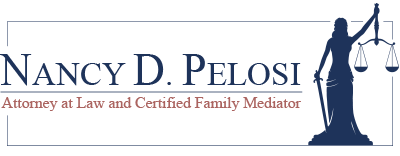Similarities:
Both allow the spouses to self-determine their settlement. Professionals, be it attorneys, accountants, or facilitators (mental health therapists) assist in the parties’ determination of an agreement.
Both save attorney’s fees and other professional fees, as usually the process is shortened and preparation for high stakes hearings and trial are avoided.
Differences:
Mediation can be pro se (no attorneys involved). The mediator, even if an attorney, cannot provide legal advice to the clients; Collaborative divorce process requires two trained collaborative lawyers, whose job it is to guide and advise the clients to achieve their goals.
The collaborative divorce process keeps the matter out of court altogether until an agreement is reached.
If the Collaborative process does not succeed and litigation ensues; the attorneys and other professionals must immediately withdraw from representation. The attorneys and other professionals are not motivated to litigate but to achieve the goals of the clients. If the process breaks down, the clients must find other professionals to go to court. This is fully discussed at the first meeting.
The Collaborative process lessens the daily anxiety of litigation and an uncertain outcome in the hands of a third party (judge).



